Last Updated on 10/17/2017 by Chris Gampat
All images by Tom Bradley. Used with permission.
My name is Tom Bradley. I was brought up in London, where I’m generally based, but I spend much of the time abroad. I’ve been pretty lucky these last eight or so years and traveled quite extensively across west and Central Africa, Southeast Asia, and one or two other places in the world. I suppose most of my work would be referred to as documentary, but as in the case of this particular work here (which I wouldn’t describe as documentary at all), I go wherever I’m drawn. The common (and very general) theme is that I tend to photograph life around me without setting things up or posing people. I’ve done projects on Syrian refugees, prisoners in Armenia, stone miners in Bangladesh, a small LGBT community in Bangladesh, and perhaps most extensively leprosy.
These days, for my documentary work I like to really invest time getting to know people, doing long interviews and photographing them over many days, or month, or even years. I find this communication really important, not just in my work, but in life in general. I ask people to write on polaroids and prints so it can be them literally telling their story. I also find handwriting to be very visually enticing. There’s just a balance so that it doesn’t distract from the photograph too much.
I manage to make a living mainly working for NGOs, which takes me to these various countries. In 2013, it took me to Bangladesh for the first time, where I learned of the photography school Pathshala. I’d never studied photography, but always wanted to, so two years later I enrolled in their International course (which I highly recommend), living in Dhaka for 6 months. It allowed me to experiment and push my work further into new directions. They’ve now asked me to return for this years course to assist the teaching staff while I continue my personal projects.
Why did you get into photography?
I first picked up a camera when I traveled around Africa in a gap year before university. It helped me see the world in a different way. Suddenly I was interested in everything going on around me. I was instantly hooked. I studied Zoology at University, but spent most of my time photographing, working for the student newspaper. I knew in my second year that I wanted to be a photographer.
What photographers are your biggest influences?
Goodness me, the list is endless. I remember seeing Sebastiao Salgado’s work at university and being blown away. He was definitely an early influence. But these days it comes from all over, both general photographers, artists, specific projects. If I was forced to name a few I suppose Jim Goldberg, Sohrab Hura, Robert Frank, Diane Arbus, Chris Killip, Vanessa Winship, Max Pam, David Goldblatt, Trent Parke…. etc. I also love Francis Bacon and David Hockney, and though my knowledge of other art isn’t wonderful, I do love going to museums and galleries and soaking it all in.
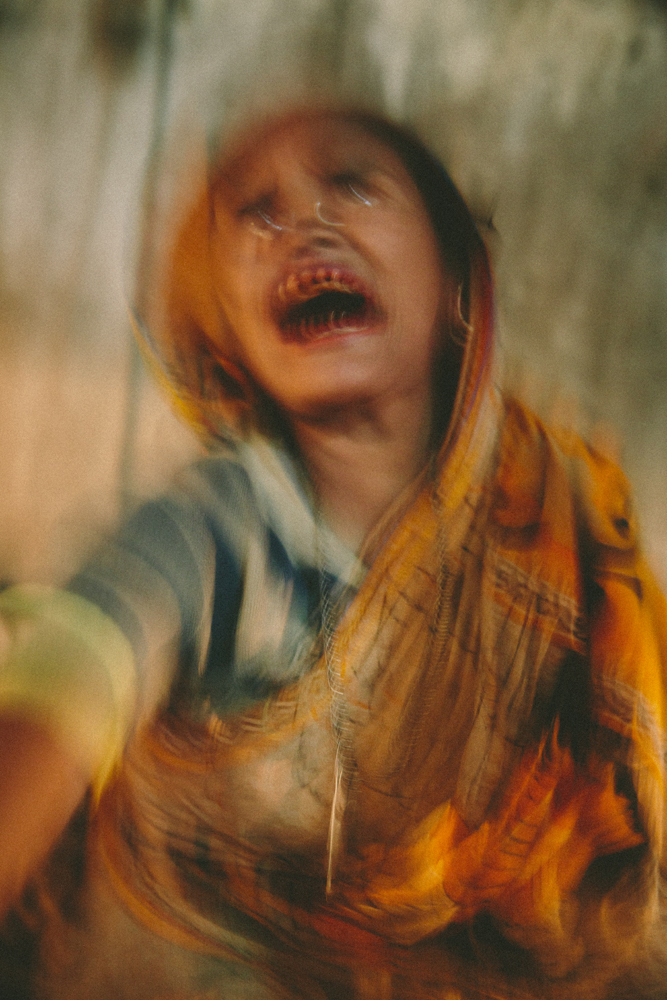
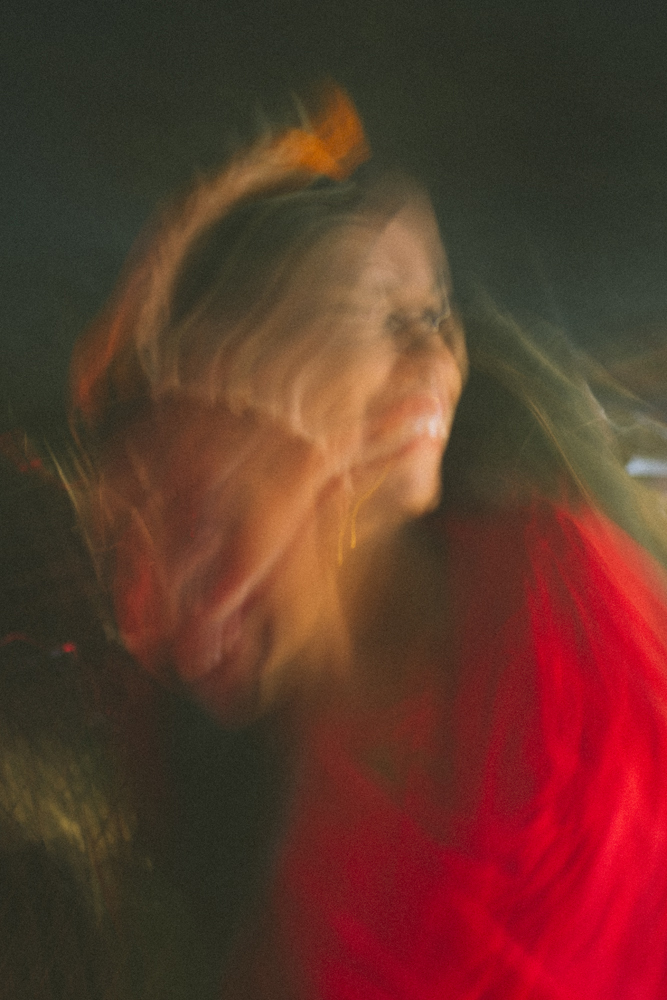
How long have you been shooting?
I first picked up a camera in 2005. But I’ve been shooting seriously since about 2008.
Why is photography and shooting so important to you?
It’s my creative outlet. It helps me connect to people around me, explore my immediate surroundings, as well as new cultures and places. I suppose together that all helps satisfy my thirst for adventure.
Do you feel that you’re more of a creator or a documenter? Why?
Most of my work has been more about documenting. But then Fractures is much more about creating I think. Generally in life I like to look outwards to the people around me which is the documenter part. But, as in Fractures, I find sometimes that makes you examine who you are, and realize the work your making is just as much, or sometimes more about yourself. Then it’s creating.
What’s typically going through your mind when you create images? Tell us about your processes both mentally and mechanically?
See above for Fractures. When I photograph, much of it is instinctual — I tend not to think too much. However, I do a lot of thinking afterwards during edits, and I think ‘oh, I should take more shots like this, or try something a bit different next time’. And that feeds back to when I’m out shooting again. I also shoot prolifically, anything around me. Part of the reason I started shooting medium format film was to slow me down, make me think a little bit more about whether I needed to take the shot. I still spend too much money on film though!
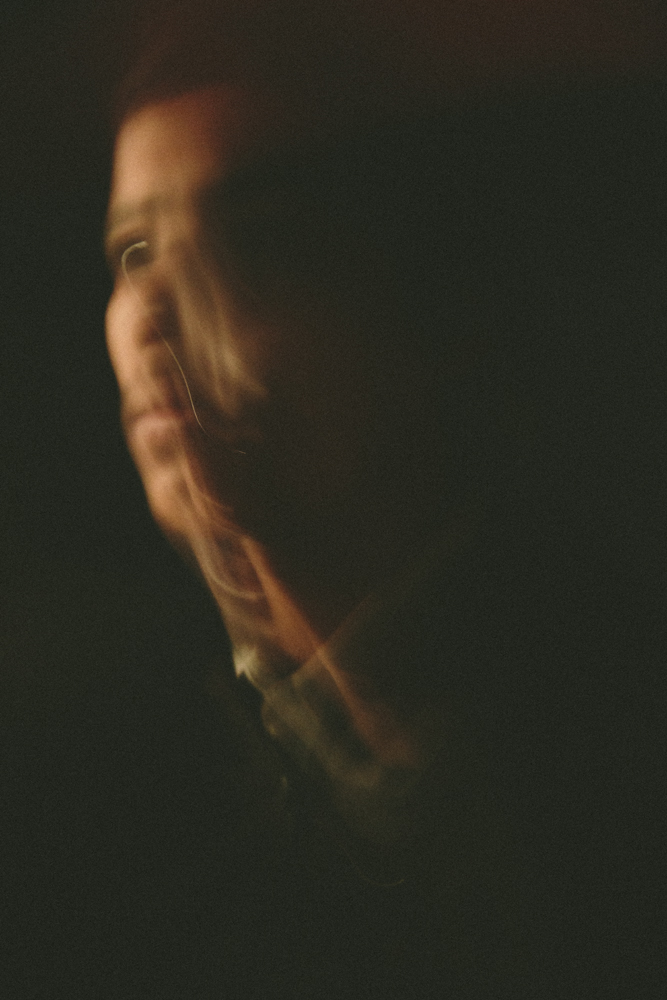
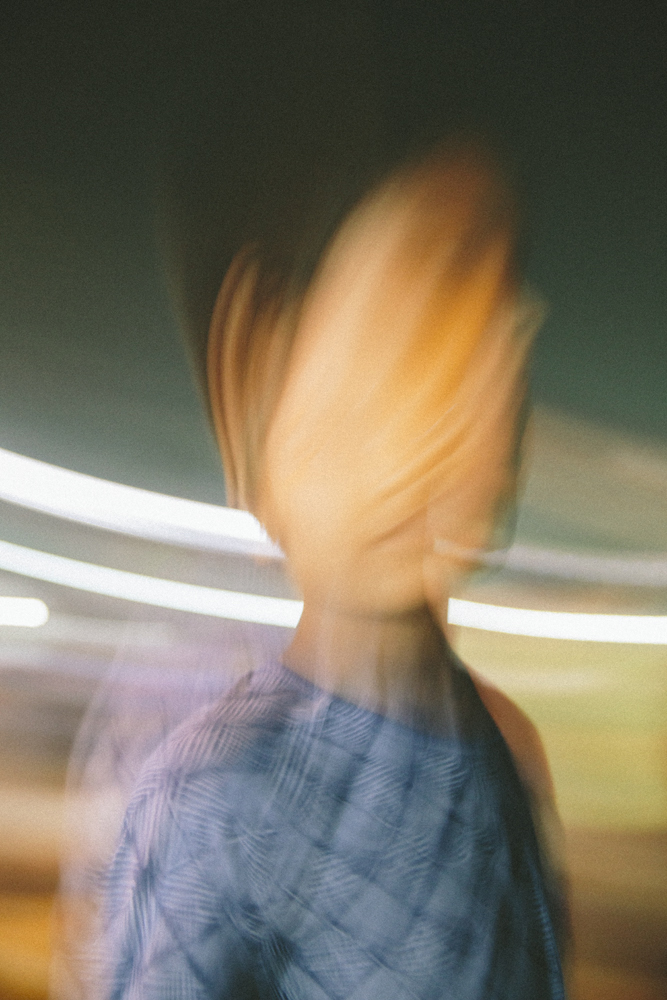
Want to walk us through your processing techniques?
Quite boring… Upload, archive, first choice of images, Photoshop, second edit (chuck scanning in there for film). I do like to make little prints of photos, put them on the wall/table and work out the sequencing etc. It also helps to get trusted friends round to help do that.
Tell us about the project that you’re pitching, or your portfolio.
Having said all that in my introduction about documentary, the work shown here is completely different. Fractures, though a series of images of people on the street, is essentially more about me — and my uneasy relationship with Dhaka, a city that I keep returning to again and again. Here is the statement for the work:
Bangladesh is a changing nation. It is increasingly becoming a polarized country — politically, religiously, socially, economically. There have been a number of murders in recent years of bloggers and people standing up for human rights, critical of both the government and Islam.
Among these victims were two close friends of mine, murdered in the apartment where we all used to hang out. Dhaka was already a difficult place for me to live in. In an effort to relax, I had turned to wandering the busy streets of Old Dhaka late at night. I photographed without raising the camera to my eye. It was therapeutic, unburdening me of any visual decisions. I was letting go of any control of the composition, and letting my mind unwind. It almost seemed like chance was creating fictional portraits of the people I was passing by.
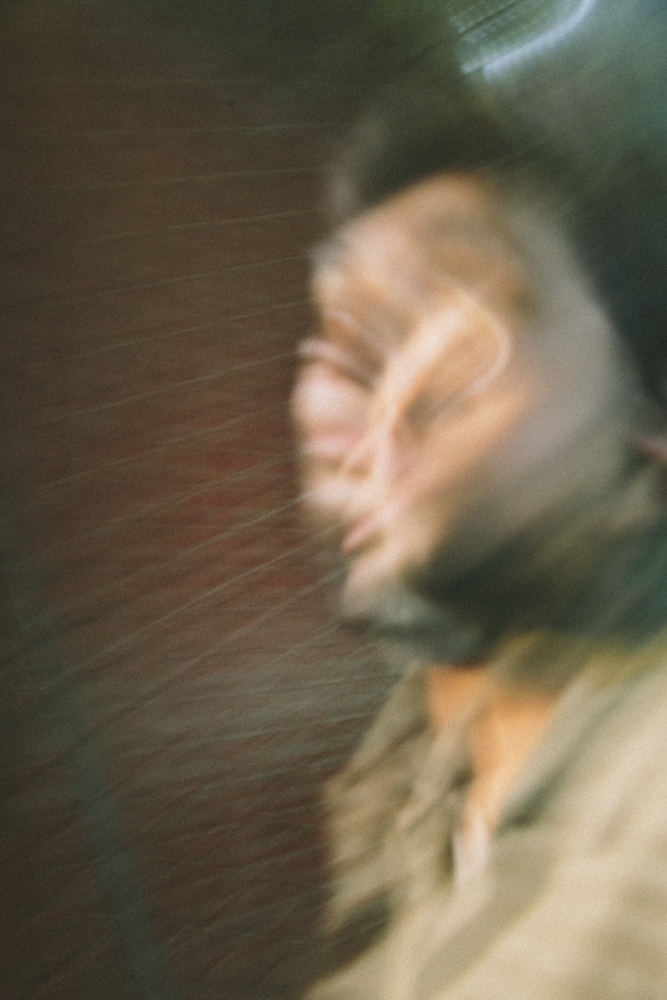
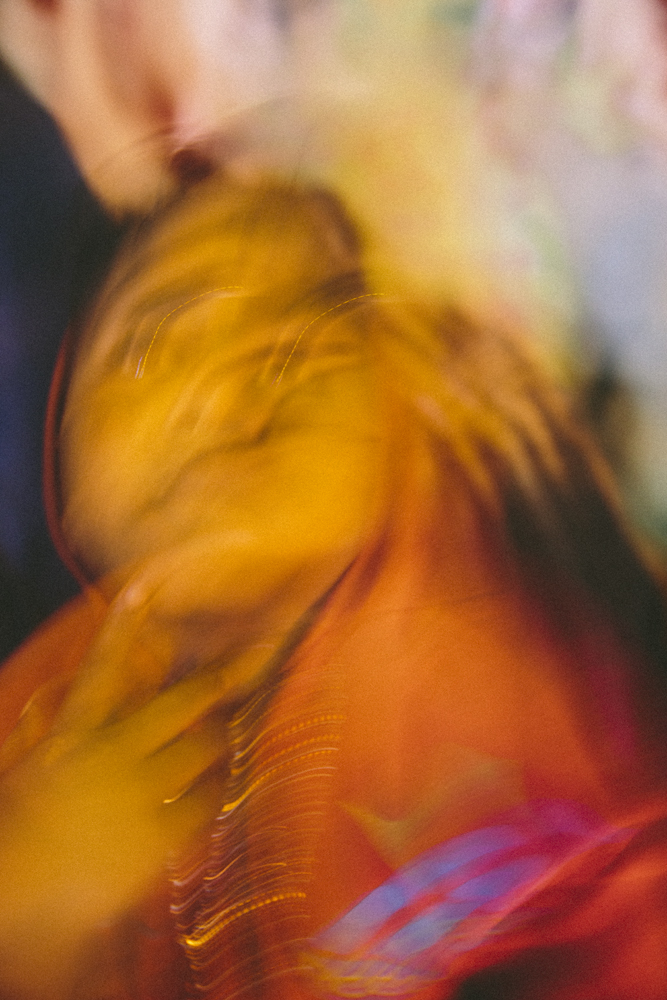
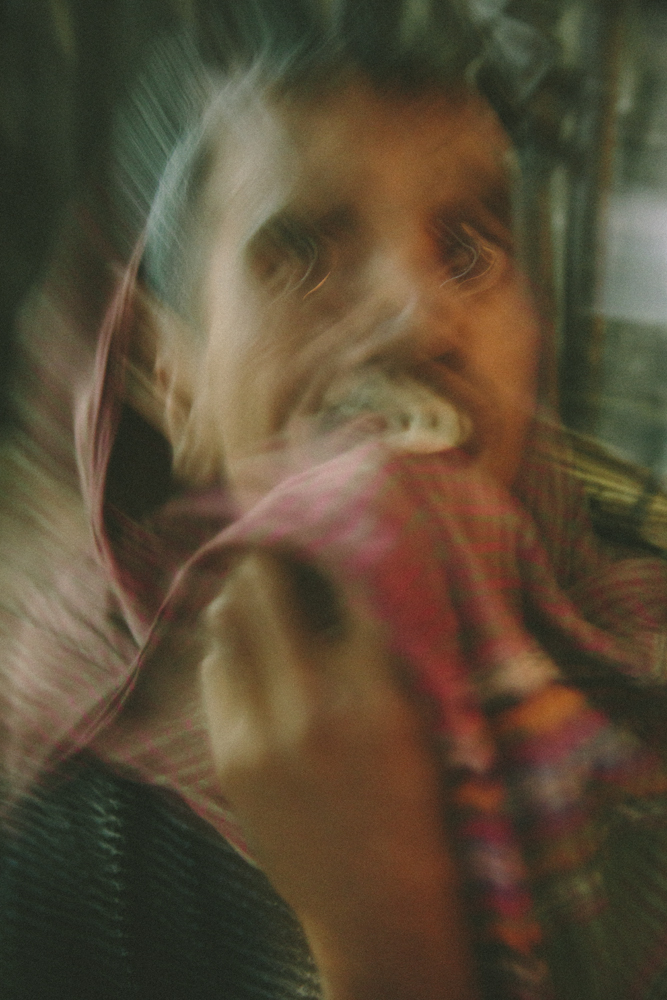
With the death of my friends came a lurking fear that never quite goes away. I continued my late night wanderings, and soon realised the images had become an expression of the relationship I have with this city, which I can’t help but keep returning to.
I’ll be continuing this project over the next 6 months. At some point I’d love to produce a book of it, but I’m in no rush.
What’s the creative inspiration behind this series?
I think this is explained above a bit. Really, these abstract portraits came about through experimentation. But of course, there are similarities to work by people like Francis Bacon and Antoine d’Agata.
When you went about creating the series, what made you want to choose one photo over the other? That is, what criteria determined whether a photo made it into the series or not?
That’s a tricky one to answer. If I have an emotional or deeply uncomfortable reaction to it, it goes in. Others are simply quite surreal. I guess if I’m intrigued by them, then I’m more likely to put them in.
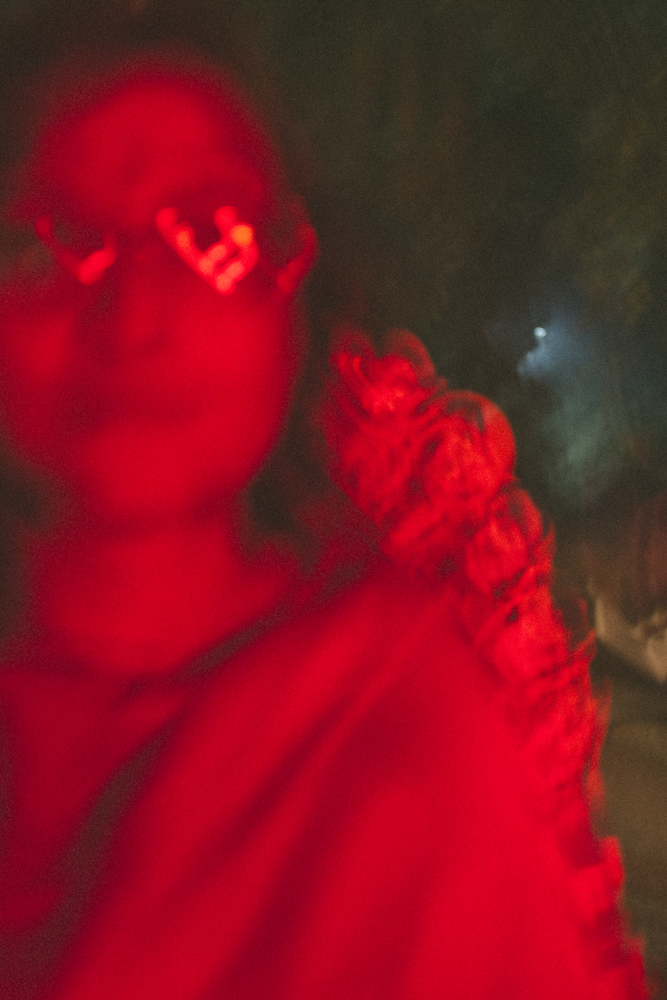
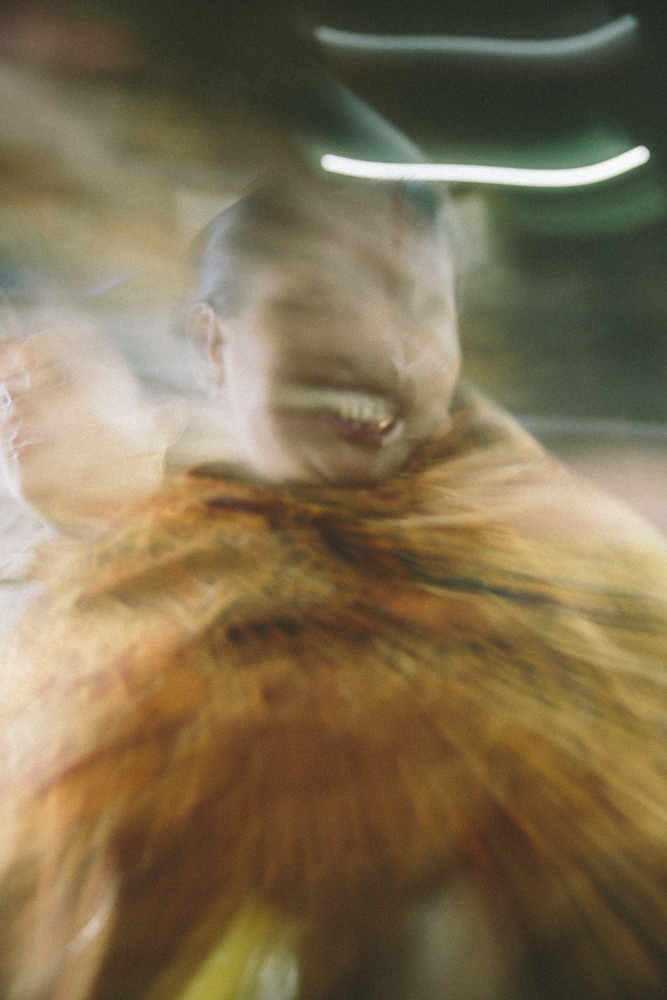
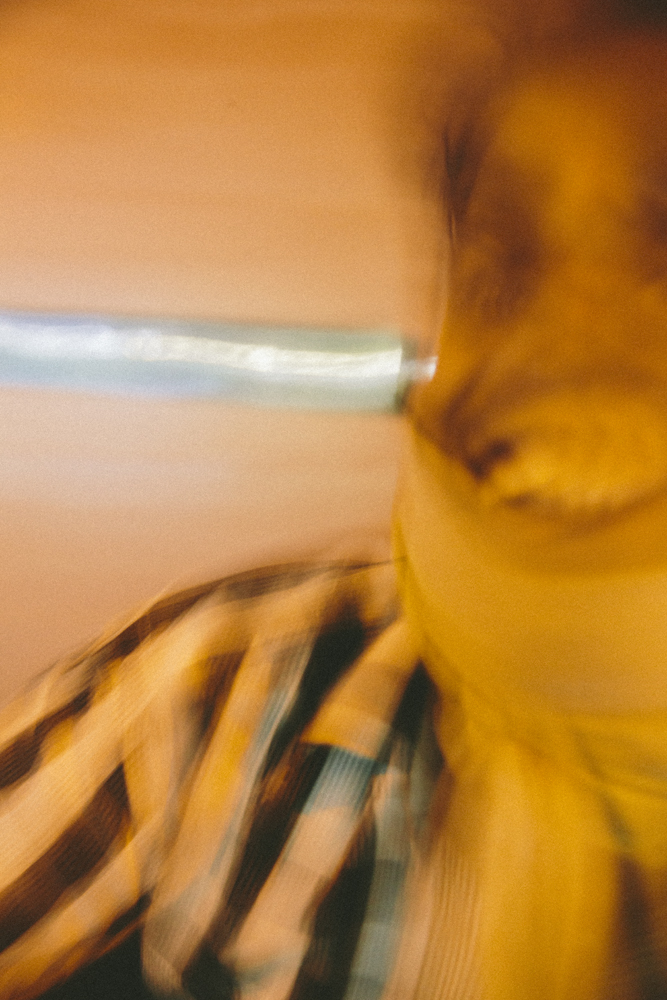
What made you want to get into your genre?
I love exploring and showing the world around me, using creative ways to communicate my experience.
Tell us a bit about the gear that you use and how you feel it helps you achieve your creative vision.
I started off just using a DSLR and 24-70 lens, but now I use several cameras, and shoot a mix of film and digital. These days I love shooting medium format on my Rolleiflex. But I also shoot pack film Polaroid on my Polaroid 600SE, use my small Ricoh GRs, my Fuji x100t (which most of Fractures was shot on), and for my main commissions I shoot on a Canon 5d mkIII with 24-70 and 50mm f1.2.
Film helps me slow down. I love using my Rolleiflex — looking down through the viewfinder is just simply so enjoyable. But I also like that it means I don’t have a large camera covering my face. I think that helps make people more comfortable. I must say I also love the graininess and slight unpredictability of film. Polaroid is simply so useful — I do that so people can write on the photographs. Packfilm is the best. I have a fridge of it that I bought when I heard it was being discontinued. I’m glad Polaroid Originals have made the comeback though. Digital is just simply wonderful for photographing in low light, and of course for commissions necessary in today’s world.
What motivates you to shoot?
Ultimately I think it’s my way of defining and translating the complex world around me. I think everyone has that deep, human need to do that. I just enjoy using photography to do it.
To learn more about Tom Bradley and his work, check out his website, Tom Bradley Photography on Facebook, and follow him on Instagram and Twitter.

